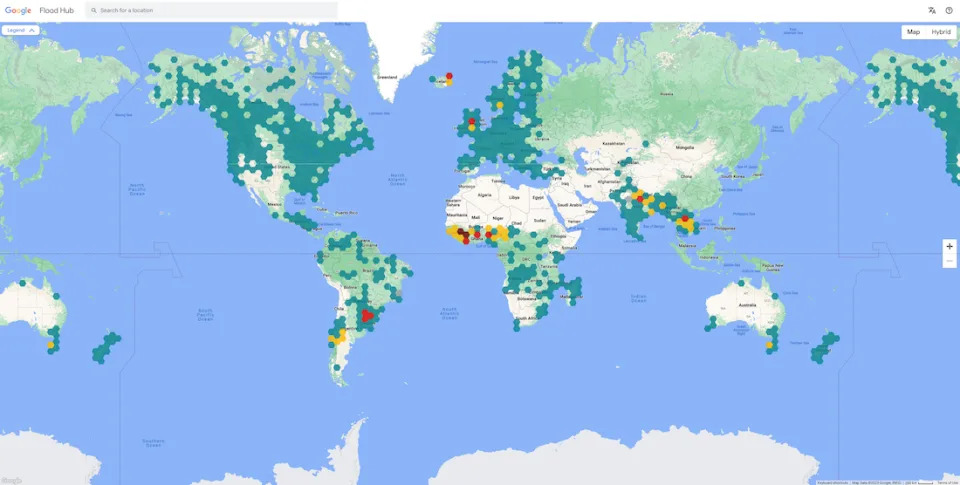Amidst the backdrop of escalating heatwaves and perilous global flooding events, we find ourselves in need of valuable assistance in navigating the realm of environmentally-friendly technology without straining our budgets. In light of this, Google has unveiled an array of fresh and extended sustainability initiatives spanning electric vehicles (EVs), home energy solutions, city planning, and safety measures.
To begin, Google aims to provide greater insights into the suitability of EVs for your specific needs and, if deemed fitting, assistance in selecting the most suitable model. In 21 countries, an updated Fuel Cost Calculator has been introduced, effectively eliminating the guesswork surrounding the potential savings offered by an EV. It estimates the annual charging costs for a particular EV model in comparison to the fuel expenses of a similarly-sized conventional car. Solely in the United States, searches such as “best electric cars” will now present the option to compare attributes like range and price, in addition to informing you about available government incentives. In the near future, you will also have the ability to assess the range of an EV along a designated route in the US, taking into account factors such as elevation and the presence of charging stations. Google has plans to extend this feature to Europe by early 2024.
The enhancement extends to your quest for home energy solutions as well. When searching for a heater or air conditioner, you will soon have the option to compare their energy efficiency and identify which options offer financial incentives.
In response to the escalating frequency of natural disasters, Google is broadening the capabilities of tools such as its Flood Hub. Previously accessible in 80 countries, this platform will now encompass over 800 riverside locations in the United States and Canada. Moreover, Google has joined forces with the US Forest Service to leverage machine learning in a large-scale enhancement of the organization’s fire spread model. This updated model aids in training firefighters and devising strategies for challenging firefighting efforts.
Google is also extending its influence in urban planning decisions by introducing a new feature on Google Earth that displays the annual solar flux of each building. Simultaneously, a Cool Roofs tool will soon be available in 15 cities worldwide, outlining the areas where the integration of cool roofing solutions could be most advantageous.




